Expert Insight: Deciding on Managed IT Services for Small Businesses
Not sure if managed service is the right choice for your business or not? We apply a simple mathematical formula to help you decide this crucial factor.
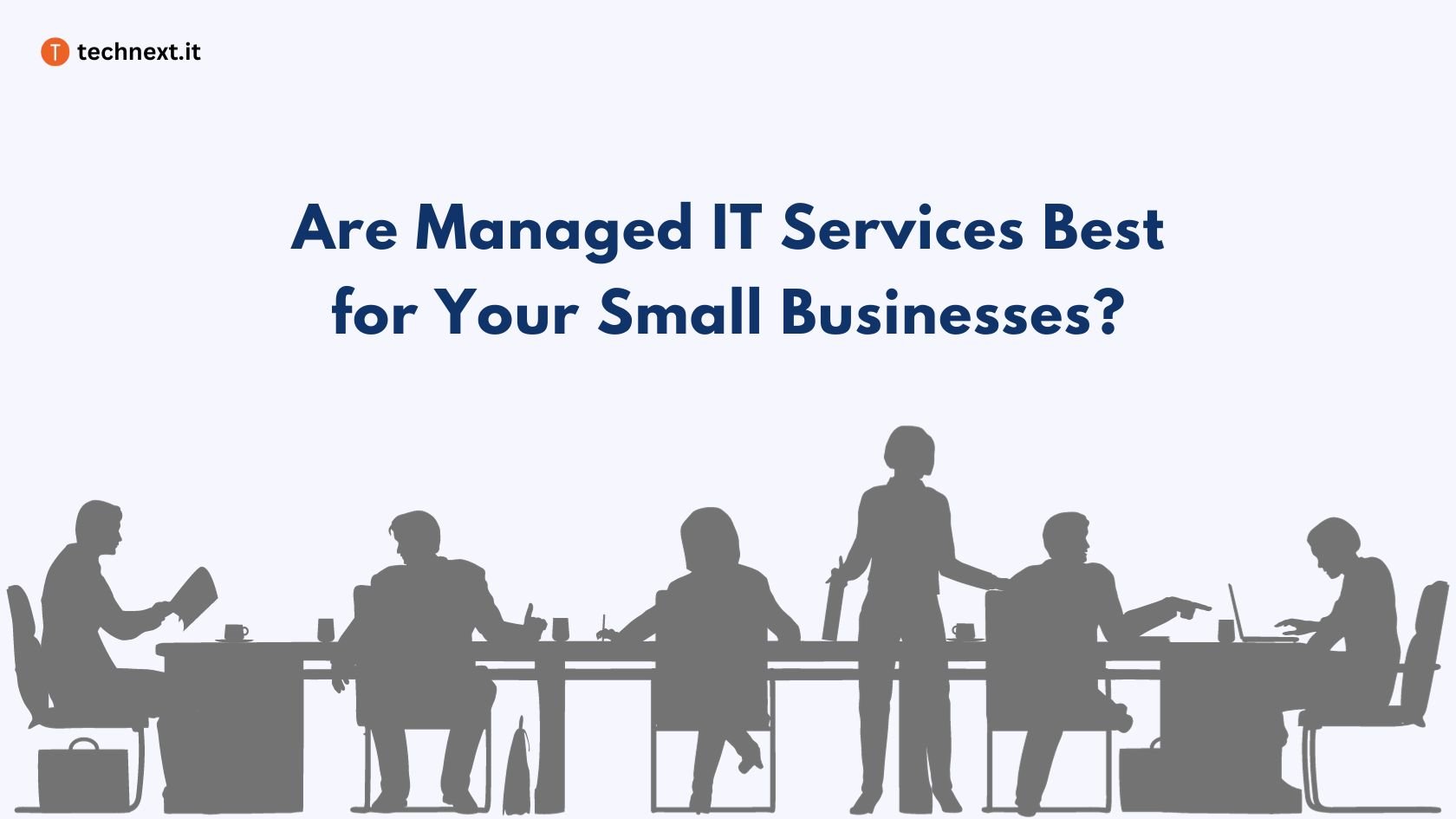
As a small business owner, you have a lot on your plate. It is quite understandable if you are thinking of outsourcing some tasks to focus on what is most important.
Yes, managed IT services are a great option as they free you from IT hassles. But is this the best option for you? Let’s find out with an example and a simple mathematical formula that you can easily apply in your business case.
What is Managed IT Services for Small Businesses?
Simply put, it is an outsourcing model where a small business contracts with a third-party service provider to take responsibility for its IT systems and infrastructure.
In this model of outsourcing, the provider is responsible for ensuring that the services are delivered and maintained at a pre-agreed level of service quality, often through a Service Level Agreement (SLA).
Though there are numerous managed IT service solutions, the goal behind them is to shift the burden of IT maintenance from the small business owner to a service provider.
The Why and Why Not
Like any other outsourcing model, the managed IT service has its pros and cons. As a small business owner, you do not have the luxury of wasting your resources on something that doesn’t provide value. So, it’s better to analyze the ”why” and “why not” before selecting any service.
Here are the benefits and drawbacks of choosing small business-managed IT services. Check them carefully before making any decision.
Benefits of managed IT service for SMB ?
Offloading the IT hassle via outsourcing enables businesses to expand faster; we all know that by now. But How can managed IT services help your business? Let’s discuss it!

Save time and costs and allow you to focus on growing your SMB
In the managed service model, you hand over all the responsibilities to your vendors and sign a service-level agreement with them. As a result, you don’t need to worry about how to complete the project on time and any unexpected service costs.
Instead, you can spend your valuable time on bigger priorities, like driving sales, improving offerings, challenging competition, etc. Also, Managed service allows you to lower labor costs and reduce the cost of hiring and training new IT staff.
It’s true that MSPs do charge a monthly fee for their services, but the overall cost of using an MSP is often lower than managing your IT infrastructure in-house. This is because MSPs can provide economies of scale and often have access to resources that would be too expensive for most organizations to purchase on their own.
Additionally, through a Managed service provider, your company can avoid large capital expenditures and have predictable operating expenses.
Increased reliability and security
At first, it is very normal to have doubts about vendors since you are consulting so much confidential information about your business.
But as soon as you can identify reliable and experienced vendors and hand over responsibilities to them, you will start enjoying the sense of security it provides.
In any reputable MSP, reliability and security are top priorities, and they take great care to ensure that their services are delivered consistently and with the highest level of quality.
Also, MSPs can help businesses implement and maintain robust security measures to protect against cyber threats, data breaches, and other risks. It also can help to secure your systems by establishing best practices for security, patch management, and incident response.
Additionally, MSPs can provide 24/7 monitoring of your systems to identify and respond to potential threats quickly.
Make your business easily scalable
Small business owners give their best shot at generating and increasing demand. But when it happens, they face difficulties scaling and meeting the increased demand. Fortunately, technology has made it easier to scale by increasing productivity.
But it is not as easy as it seems; The world of technology changes very quickly. SME owners find it difficult to keep up with rapid changes as they also have to maintain the core aspects of their business.
Managed IT services for small businesses come to the rescue in such a situation. If you find a reliable MSP, IT scalability will no longer be your headache. Your organization can scale up or down its IT infrastructure and services as needed.
Avoid costly Downtime
Another advantage of managed services is that instead of waiting for something to go wrong, MSPs adopt a proactive approach to maintenance. It can help businesses avoid costly downtime by providing proactive monitoring, regular maintenance, disaster recovery planning, redundancy and failover measures, and 24/7 support.
MSPs also use remote monitoring and management to discover, diagnose, and fix possible issues before they become a problem.
Downtime can occur due to equipment issues. Servers can fail, computers can malfunction, and electrical disruptions can also create downtime. To avoid such inconvenience, MSPs provide regular maintenance and updates to IT systems to ensure they run smoothly and efficiently.
Drawbacks of Managed IT Services for SMB ?
As I said before, IT-managed services have their own drawbacks. So, what are the disadvantages that you should consider before opting for such services?

No control over your specialist
Most of the time, you will recruit specialists on a temporary basis to complete specific tasks. And you can’t expect them to be loyal because there is an “out” vendor in MSP. They are basically hired talent, and you will have to relieve them once their task is completed.
So, keeping these scenarios in mind, you need to be both careful and confident in which company you are giving full control over your company’s management. After all, you cant be able to see the intermediate result.
Therefore, you should be fully cautious while choosing your vendor and only trust professionals who can be found on Clutch or or similar platforms, making this process much more trustworthy.
Sometimes there are hidden costs
MSPs typically have standard service offerings designed based on the common demands of SMEs.
But we all know that problems can occur with various aspects for thousands of reasons. If your service level agreement (SLA) doesn’t cover the specific problem, you may have to pay for that service.
Absence of physical presence
One potential drawback of managed services is the lack of physical presence of the MSP. This can be a concern for organizations that require hands-on technical support or have complex IT infrastructure.
Without a physical presence, MSPs may not be able to respond quickly to urgent issues or provide on-site support when needed. For this reason, many organizations are reluctant to outsource IT management to an MSP if they cannot physically see and monitor the provider’s operations.
Limited customization options
As I said before, managed service providers (MSPs) typically provide standardized services designed to meet the needs of multiple clients. It may be a concern for SMBs with unique IT requirements or that need a high level of customization.
For example, say an SMB requires specific software to manage their clients or the use of specific hardware. In such cases, the MSP may not be able to provide the required level of customization.
When is the Managed IT services an ideal choice for your SMB?
Small or medium-sized businesses have a lot to lose if they make a bad decision.
So, even if you think it’s the right choice, you should look back and analyze it again. But how do you know when it is a good choice? Let’s discuss …
Most SMBs opt in for managed IT services when they encounter any of the following:
- When the SMB is growing fast, and the owner needs scalability.
- When there is no technical person in the leadership team.
- When the owner wants to eliminate the tech hassle and focus on core business.
- When SMBs can’t ensure the security of their virtual assets.
- Most important of all, when they want to reduce cost.
So, if you encounter two, three, or four of those scenarios, you should opt for managed services, right?
Well, that is what I thought until I consulted Reza also a small business owner and tech leader). I presented him with my analysis, and here is what he said:

Every small business is unique in terms of its goals, offerings, and needs. While analyzing the parameters, we often think all carry equal values, but they don’t.
In fact, the value of those variables differs greatly based on the business need. For one business, saving costs would be enough to choose a managed IT service, but keeping flexibility might be the most important factor for another business.
So, what SMB owners should really do is conduct a thorough cost-benefit analysis based on their personalized requirements.
They should look at all the available alternatives and find out which one is best for them.”
So, how do you decide?
First, discover all the alternatives you have. We often consider the in-house team as the only alternative to an IT-managed service. But that is not the only one; other outsourcing models, such as staff augmentation, outsourced teams, and custom projects, can also be considered viable alternatives for SMBs.
Once you have gathered enough information about the alternatives, find out the parameters that are important to you (your top objectives). Assign a level of importance (weight) from 0 to 1 for each parameter (objectives) and discover which alternative makes the most of it.
So, what are the parameters or variables? Well, there are many, to be honest. From cost to quality, to risk management to legal aspects, and many more. But not all of them hold an equal level of importance.
Let me explain with an example: Robert owns a landscaping and lawn care company. He depends on flowing tools and software to manage his business.
- A professional website to showcase their services, customer testimonials, and contact information.
- Scheduling and Appointment Booking SYSTEM.
- IT solutions to track and manage their inventory
- A CRM system to keep track of customer information, preferences, and service histories for personalized interactions.
- Accounting software.
His top objectives are Cost Efficiency, Performance, Scalability, and Security.
Now, this is how he calculated and found his best option:
Objective Weighting:
Robert assigned a weight (a value between 0 and 1) to each objective based on its importance to his business.
Cost Efficiency: 0.3
Performance: 0.2
Scalability: 0.3
Security: 0.2
Objective Evaluation
For each objective, he evaluated how well each option performs on a scale from 0 to 1, where 0 is poor performance, and 1 is excellent performance. Normalize the scores if needed.
Here is what he found:
| In-house Development | Staff Augmentation | Managed Service | |
| Cost Efficiency | 0.6 | 0.8 | 0.9 |
| Performance | 0.8 | 0.7 | 0.6 |
| Scalability | 0.5 | 0.6 | 0.8 |
| Security | 0.7 | 0.8 | 0.9 |
Score Calculation:
He calculated the weighted score for each option by multiplying the objective weight by the objective evaluation score and summing them up.
The formula Robert used here:
Weighted Score = (Weight for Cost Efficiency * Evaluation for Cost Efficiency) + (Weight for Performance * Evaluation for Performance) + (Weight for Scalability * Evaluation for Scalability) + (Weight for Security * Evaluation for Security)
Calculation:
In-house Development Score = (0.3 * 0.6) + (0.2 * 0.8) + (0.3 * 0.5) + (0.2 * 0.7) = 0.63
Staff Augmentation Score = (0.3 * 0.8) + (0.2 * 0.7) + (0.3 * 0.6) + (0.2 * 0.8) = 0.72
Managed Service Score = (0.3 * 0.9) + (0.2 * 0.6) + (0.3 * 0.8) + (0.2 * 0.9) = 0.78 ?
Comparison and Decision:
Finally, Robert compared the calculated scores for each option. The option with a high score represents the best choice. For Robert, it was the Managed IT Service.
In this mathematical approach, Robert quantified his objectives, weighted their importance, and evaluated each option based on those objectives.
Figure out the best option for you 🙂
As I said earlier, the needs of small businesses differ based on the key objectives. But whatever your needs are, find out the key objectives and compare your options.
You are probably wondering what formula to use if the objective variable changes. Well, here is the formula you can use.
Weighted Score = Σ(Wi * Ei)
Here,
- Wi represents the weight assigned to each objective (e.g., Wi for Cost Efficiency, Wi for Performance, etc.).
- Ei represents the evaluation score for each objective (e.g., Ei for Cost Efficiency, Ei for Performance, etc.).
Now, determine what your top goals are and assign weights that fit your business needs. Calculate the score and decide if the managed service is the best option for you.
Best of Luck!

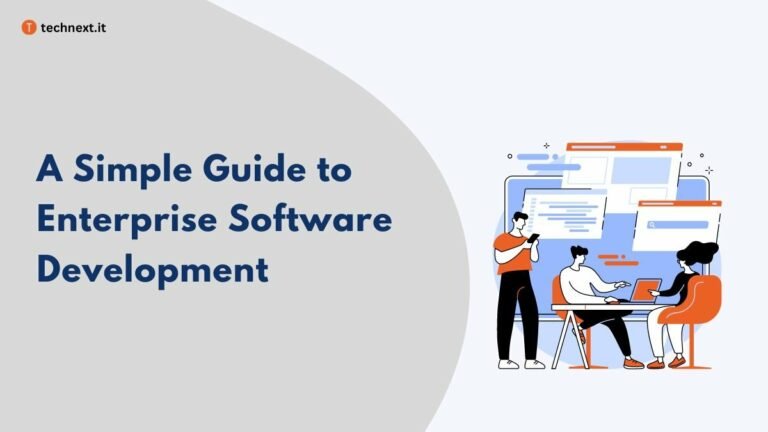
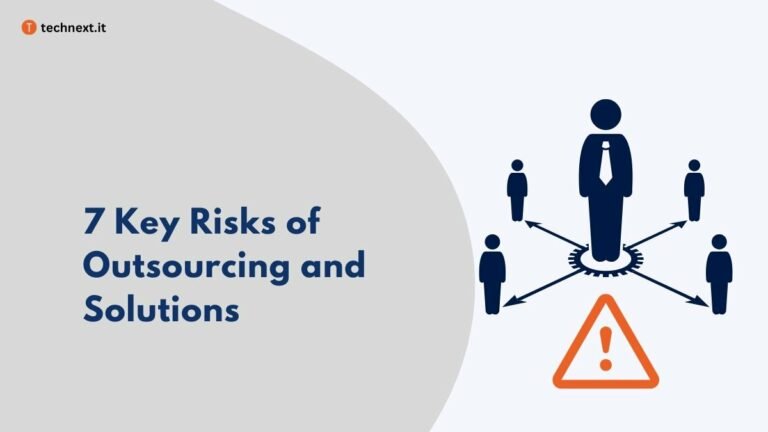


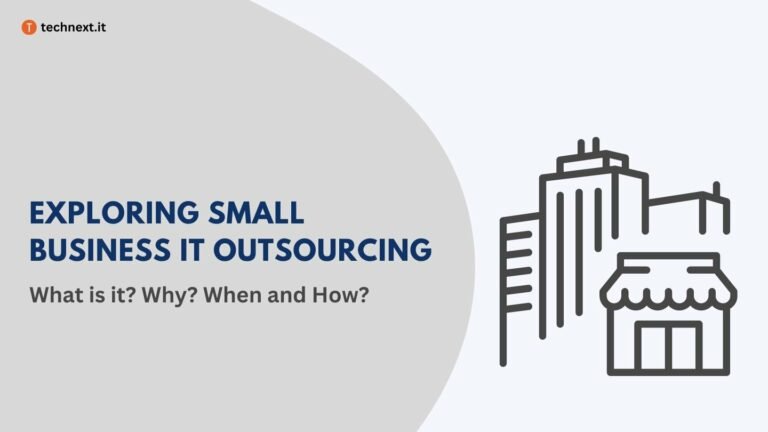
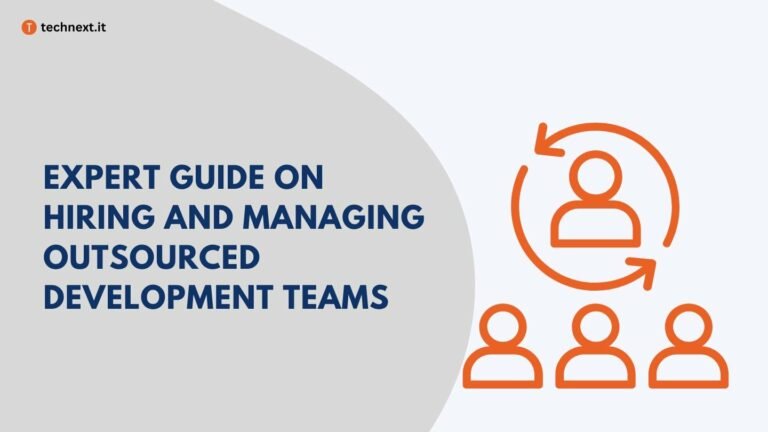
So, Managed Service it is!